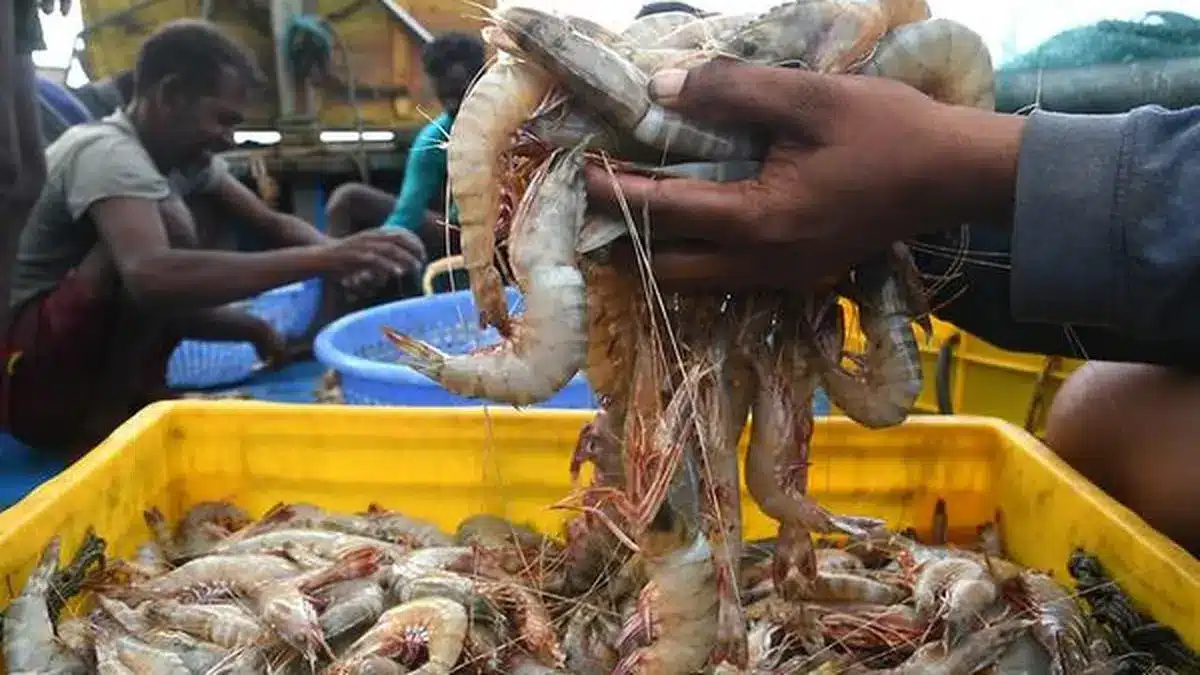India’s Seafood Industry Anticipates 70% Export Growth to the UK Under CETA

A landmark achievement in India-UK economic relations was realized with the signing of the Comprehensive Economic and Trade Agreement (CETA) on July 24, 2025. This pivotal agreement was formalized in a ceremony attended by Indian Prime Minister Narendra Modi and UK Prime Minister Keir Starmer. It was officially signed by India’s Minister of Commerce and Industry, Piyush Goyal, and the UK Secretary of State for Business and Trade, Jonathan Reynolds. CETA aims to enhance trade by providing zero-duty access on 99% of tariff lines, particularly benefiting the seafood sector.
Key Benefits of CETA for the Seafood Sector
The Comprehensive Economic and Trade Agreement (CETA) is set to significantly boost India’s seafood exports to the UK. The agreement eliminates import tariffs on a wide range of seafood products, which is expected to enhance the competitiveness of Indian exporters in the UK market. Notably, the marine sector will see the removal of tariffs on products such as shrimp, frozen fish, and value-added marine goods. This change is anticipated to strengthen India’s position in one of its major seafood markets, alongside other labor-intensive sectors like textiles and leather.
Under CETA, all fish and fisheries commodities categorized under the UK tariff schedule marked ‘A’ will now enjoy 100% duty-free access. This includes a variety of seafood such as shrimp, tuna, and lobsters, which previously faced tariffs ranging from 0% to 21.5%. The removal of these tariffs is expected to significantly improve the cost competitiveness of Indian seafood in the UK, allowing Indian exporters to capture a larger market share.
Current Seafood Export Landscape
India’s seafood exports have shown remarkable growth, reaching $7.38 billion in 2024-25, with frozen shrimp accounting for a substantial portion of this revenue. The UK market, specifically, valued Indian marine exports at $104 million, with frozen shrimp contributing $80 million. Despite this growth, India’s share in the UK’s $5.4 billion seafood import market remains relatively small at just 2.25%. However, with CETA now in effect, industry experts predict a potential 70% increase in marine exports to the UK in the coming years.
The fisheries sector is vital for India, supporting the livelihoods of approximately 28 million people and contributing around 8% of global fish production. The growth in seafood exports from 10.51 lakh metric tonnes to 16.85 lakh metric tonnes over the past decade reflects the sector’s increasing importance. Coastal states like Andhra Pradesh, Kerala, and Tamil Nadu are well-positioned to benefit from CETA, as they are already key players in seafood exports.
Implications for Indian Exporters
The India-UK CETA represents a significant opportunity for Indian seafood exporters to enhance their global presence. By providing duty-free access to a premium market, the agreement not only uplifts coastal livelihoods but also boosts industry revenues. It strengthens India’s reputation as a reliable supplier of high-quality, sustainable seafood. For fisherfolk, processors, and exporters, this agreement opens doors to a larger global market.
With CETA, Indian seafood can now compete more effectively with countries like Vietnam and Singapore, which already have free trade agreements with the UK. This levels the playing field and removes the tariff disadvantages that Indian exporters previously faced, particularly for high-value products like shrimp. With India’s vast production capacity and skilled workforce, CETA enables exporters to capture a larger share of the UK market and diversify their trade relationships beyond traditional partners like the US and China.
Observer Voice is the one stop site for National, International news, Sports, Editor’s Choice, Art/culture contents, Quotes and much more. We also cover historical contents. Historical contents includes World History, Indian History, and what happened today. The website also covers Entertainment across the India and World.

